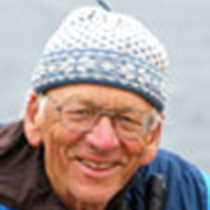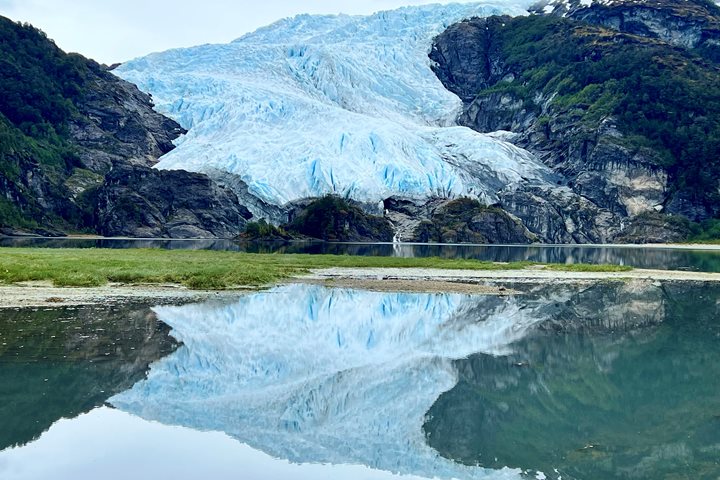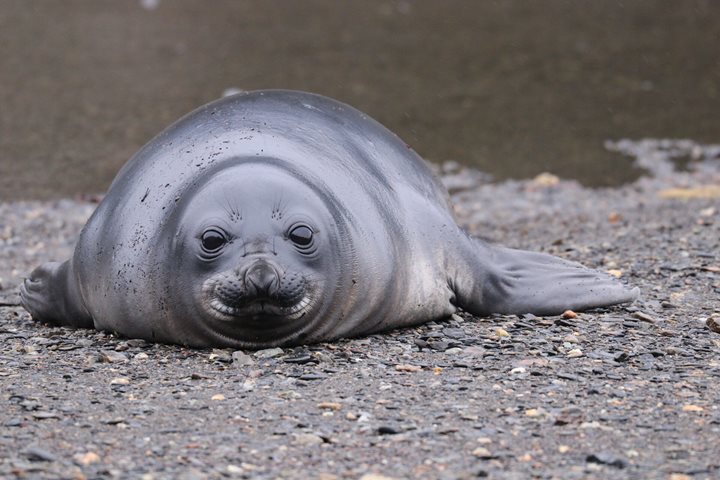Our phenomenal luck with the weather in Chile’s Patagonia continued. Having traveled through the night, transiting various channels and sailing between islands of the archipelago, we entered the western end of the Beagle Channel before
Turning north from Beagle Channel, we entered a long, narrow fjord called Garibaldi. It quickly became obvious that it had been cold during the night, as around small bits and pieces of glacier ice a thin skin of new ice had formed. Called grease ice, the new ice reflects light and looks like a thin film of oil on the water.
All around the ship was
As we continued slowly up the fjord, the amount of ice increased. By the time we could see the distant face of the glacier, the water’s surface was completely crammed with ice. But during breakfast the Zodiacs were lowered, naturalists took to the boats, and off we went, pushing slowly through to a safe distance from the glacier. The day had turned from light fog and overcast skies to totally clear. Topping off the scenery: dramatically rugged mountain peaks and ridges capped by a light dusting of snow.
We moved back down the fjord and out into the Beagle Channel during lunch. It was hard for many to stay inside as the day continued to be unbelievable. Our transit time to the next destination, Fiordo Pia to the east, was short. With the conditions still sunny and only a few clouds inflating in the sky and just a breath of wind, it was the perfect opportunity to kayak and experience the towering landscape from the serenity of a self-propelled watercraft. Some guests decided to sit quietly, not moving, and soak in the wildness and spring sounds of Tierra del Fuego. Other guests decided on an afternoon Zodiac excursion deeper into the fjord. The calm waters and sunny weather allowed the drivers to quickly cruise to the fjord where there was yet another spectacular view of a tidewater glacier.
The scenery of the Chilean fjords and Patagonia never ceases to astound, but certainly, perfect weather blessed our experiences and filled our memory cards and our own personal memory banks—forever.







